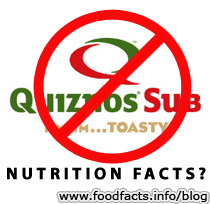They remind me of a line from Michael Franti's song: "They're telling me to choose, but there's only lies to choose from."
The American Heart Association (AHA), for example, charges a fee to allow manufacturers to put its "heart check" symbol on selected foods, but the selection criteria don't consider trans fat or give much weight to sugar content (see the image at the bottom of this post). So, at your grocery store, you may find the AHA "heart check" symbol on Chocolate Lucky Charms or Cocoa Puffs. Lucky indeed!
 The Center for Science in the Public Interest (CSPI) today petitioned the Food and Drug Administration (FDA) to initiate a national discussion about possible improvements to "healthy food" labeling. The public interest group asked FDA to solicit public comments on appropriate nutrition criteria and promising examples of communication tools used in other countries (see the stop light image from the United Kingdom at right).
The Center for Science in the Public Interest (CSPI) today petitioned the Food and Drug Administration (FDA) to initiate a national discussion about possible improvements to "healthy food" labeling. The public interest group asked FDA to solicit public comments on appropriate nutrition criteria and promising examples of communication tools used in other countries (see the stop light image from the United Kingdom at right).It is just the sort of thing a pro-market pro-nutrition food policy advocate likes to see. What choices would consumers make if the nutrition label were so clear and graphic that it would be pointless for the manufacturer to clutter it with misleading claims and misdirections? If you are an optimist, you may imagine choices good enough to reverse the current nutrition-related epidemics. If you are a pessimist, you may imagine little change from current behavior, and little harm in trying. In either case, this approach seems respectful of people's right to know what the market is offering them and then to make their own decisions about food.
The modest petition is signed by a number of researchers in nutrition, epidemiology, and food policy, including among others Alberto Ascherio, Eric Rimm, Meir Stampfer, Walter Willett, George Blackburn, Carlos Camargo, and myself.














